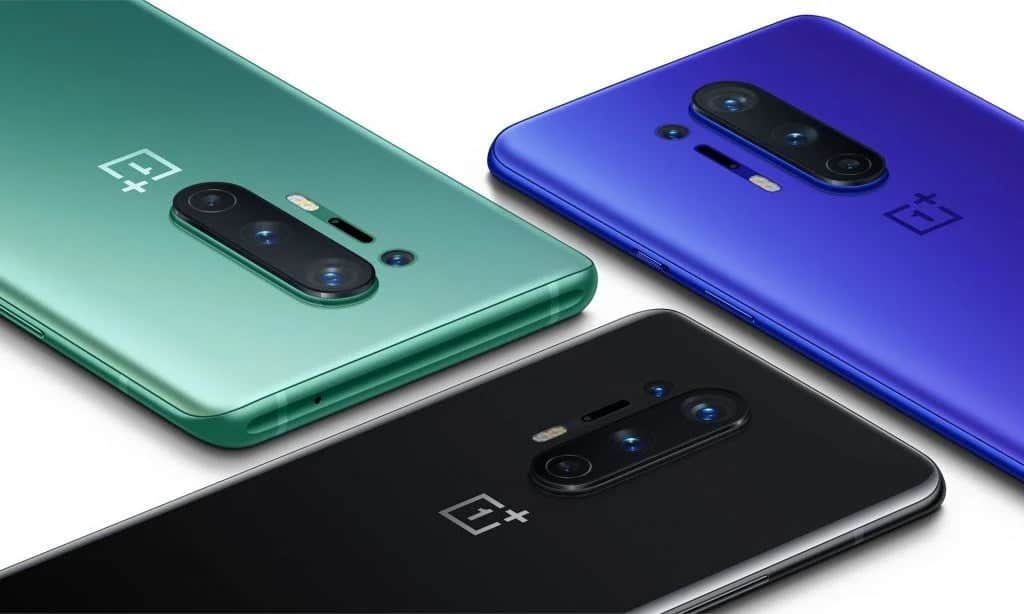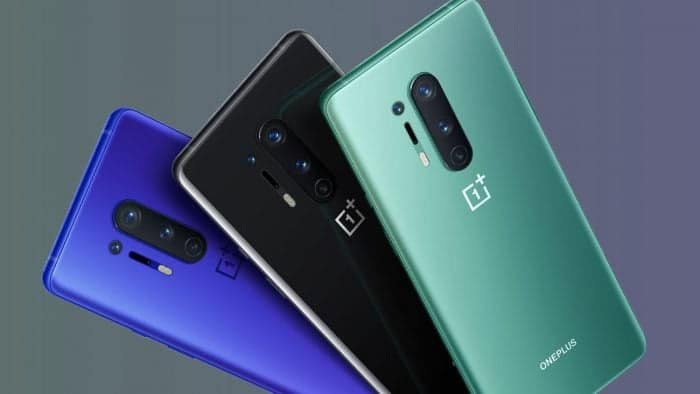As promised, DxOMark specialists published a review of the camera of the OnePlus 8 Pro smartphone. A miracle did not happen – the new smartphone did not become the best camera phone on the market. However, the result is still very high.
So, the smartphone received 119 points, which puts it on a par with the Samsung Galaxy S20+, iPhone 11 Pro Max and Huawei Mate 30 Pro. At the moment, the OnePlus 8 Pro ranked tenth in the DxoMark rating.
In more detail, the novelty received 126 points for the quality of the photo. This roughly corresponds to the results of the mentioned devices, not counting the Mate 30 Pro – it has a higher result.
For the quality of the video, the score was 103 points, and this is at the level of all the mentioned competitors, and even the Galaxy S20 Ultra received fewer points. Actually, in terms of video quality, judging by the DxOMark score, the OnePlus is second only to a few models, and even then the difference is only 1-2 points.
In addition, it is worth comparing the new flagship of the company with the old model. OnePlus 7T Pro previously received 114 total points, 122 points for the photo and 96 for the video. That is, in general, the results have grown slightly.

Photo test
Pros
- Good detail
- Low noise
- Accurate exposure
- Fast and reliable autofocus
- Nice color and detail in ultra-wide shots
- High detail and low noise using flash
Cons
- Slight white balance casts outdoors
- Minor highlight clipping in challenging scenes
- Fringing and ringing artifacts in ultra-wide shots
- Slight underexposure and noise in night shots
Video test
Pros
- Bright target exposure and wide dynamic range
- Accurate and pleasant color
- Effective stabilization
- Well-preserved detail
Cons
- Slight autofocus instabilities
- Visible temporal noise
- Aliasing and moiré visible in highlights
- Shadow exposure slightly low in HDR scenes

OnePlus 8 Pro specifications
- 6.78-inch (3168 x 1440 pixels) Quad HD+ 120Hz 19.8:9 Fluid AMOLED display with up 1,300 nits brightness, 3D Corning Gorilla Glass protection
- 2.84GHz Octa-Core Snapdragon 865 7nm Mobile Platform with Adreno 650 GPU
- 8GB LPDDR5 RAM with 128GB (UFS 3.0) storage / 12GB LPDDR5 RAM with 256GB (UFS 3.0) storage
- Android 10 with OxygenOS 10.0
- Dual SIM (nano + nano)
- 48MP rear camera with Sony IMX689 sensor, f/1.78 aperture, LED Flash, 0.8μm pixel size, OIS + EIS Hybrid stabilization, Dual Native ISO, 48MP Sony IMX586 sensor with 119.7° ultra-wide lens and f/2.2 aperture, 8MP telephoto sensor with f/2.44 aperture, 3x hybrid zoom and 30x Digital Zoom, OIS, 5MP color filter camera with f/2.4 aperture, 4K video at 60 fps, 720p slow motion at 480fps, 1080p slow motion at 240fps
- 16MP front-facing camera with Sony IMX471 sensor, f/2.45 aperture, EIS
- In-display fingerprint sensor
- USB Type-C audio, Dual Stereo speakers, Dolby Atmos, Audio 3D, Audio Zoom, OZO Audio
- Water-resistant (IP68)
- Dimensions: 165.3×74.35×8.5 mm; Weight: 199g
- 5G SA/NSA, Dual 4G VoLTE, Wi-Fi 6 802.11 ax 2×2 MIMO, Bluetooth 5.1, GPS (L1+L5 Dual Band) + GLONASS, NFC, USB Type-C
- 4510mAh battery with Warp Charge 30T Fast Charging (5V/6A), 30W Wireless fast charging, Wireless reverse charging






The main and ultra wide sensor has been borrowed from the oppo find X2 pro but is still unable to beat it which shows original has no substitute…let alone using last year’s telephoto and selfie camera is disrespectful and adding a 4th sensor which you have to ultimately disable is a waste of R&D and it is hard to swallow especially with the price tag it carries.